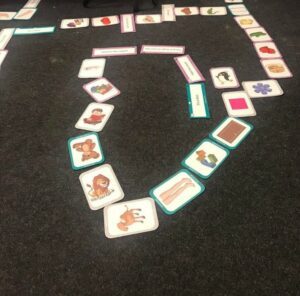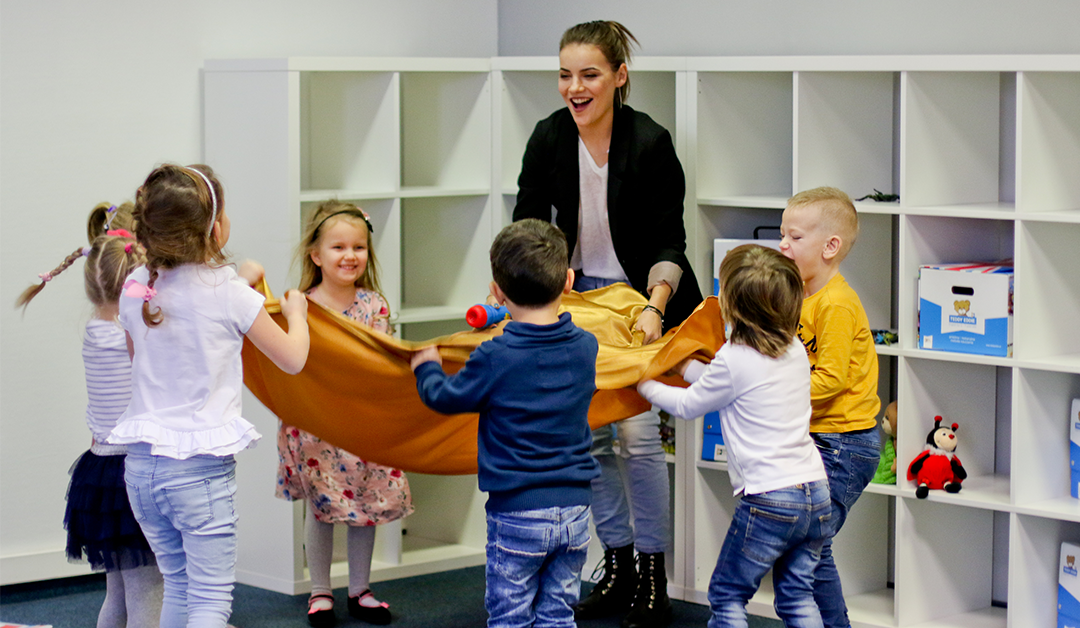Dear teacher! How often do you introduce an exercise which for some reason simply doesn’t draw your students in? How many times have your students dropped out halfway through a particular exercise? Have you ever wondered how such exercises affect your students’ activity? Here are, in my opinion, the most important aspects that a teacher needs to take into consideration when selecting exercises for a group of students.
Present your students with a purpose
This may well sound a bit clichéd but it is one of the most common lesson mistakes.. The teacher proceeds to the exercise without presenting the purpose. When a student doesn’t see the point of doing an exercise, they very quickly lose interest. Simple instructions supported by gestures and a presentation of the exercise are crucial.
Give your students a sense of security
Your students should feel safe during your classes and they should be aware that they have every right to make mistakes. The students have to know that if they do make a mistake or happen not to know the answer , they will receive the support of both the teacher and the whole group. I am a fan of pair- and groupwork – which not only increase the amount of linguistic performance but also enhance the students’ sense of security.
Give your students a chance to prove themselves
The opportunity to participate in creating the exercise can evoke positive emotions in students. Their involvement is huge when we give them a chance to decide what shape the exercise should take.
Look at the picture below:

A simple exercise created with picture cards. The children should proceed with the exercise by naming the cards. The key element of this exercise is to let the students organise the maze on their own. The task of the first group was to create a maze for the second group, then test the maze themselves before setting the challenge for the others .”. Since the students influenced the final form of the exercise their engagement was real and no one even thought about skipping the lesson and leaving the class.
Personalise
This is a difficult aspect which should be taken into account since it is based on the relation between the student and the teacher as well as on well the teacher knows their student. If we know that a student who is an awkward attention seeker is also a football fan, let’s allow him to sing songs or tell stories as a real football player. When our shy Suzy comes to class with a pink pony on her top, we could suggest she takes on the role of that character during the lesson. It is important to see our students and personalise the exercises once in a while.
Recognise!
It is not only about the final effect but most of all about the effort our students put in. The final effect is merely an addition which should not influence our students’ self-esteem. Recognising the effort a student devotes to accomplishing the exercise should be a top priority.
Trying to find a recipe for a perfect exercise may seem really demanding at first. Testing new solutions resembles performing an experiment. This is a time-consuming, difficult and sometimes unsuccessful process which requires from us – teachers – some sacrifice but it may prove fruitful on many levels.
The Author of this article is Ewa Zawieracz-Karasińska – a graduate of the Teachers College of Foreign Languages in Gliwice and the University College of Social Sciences in Częstochowa. In her private life Ewa is a mother of two sons who entered into the world of Eddie the Bear from the very beginning. Her own adventure with the Teddy Eddie method started in 2011 as a Local Method Coordinator in an Accredited Centre. In her professional practice Ewa has guided several dozen Teddy Eddie and Savvy Ed groups, junior and high school students.
Do you have any questions? Write to the Author: ewa.zawieracz@edubears.com
You can find out more about the Teddy Eddie method here: https://edubears.com/teddy-eddie/.
Locate your nearest accredited Teddy Eddie method centre on the map: https://edubears.com/localizations/

